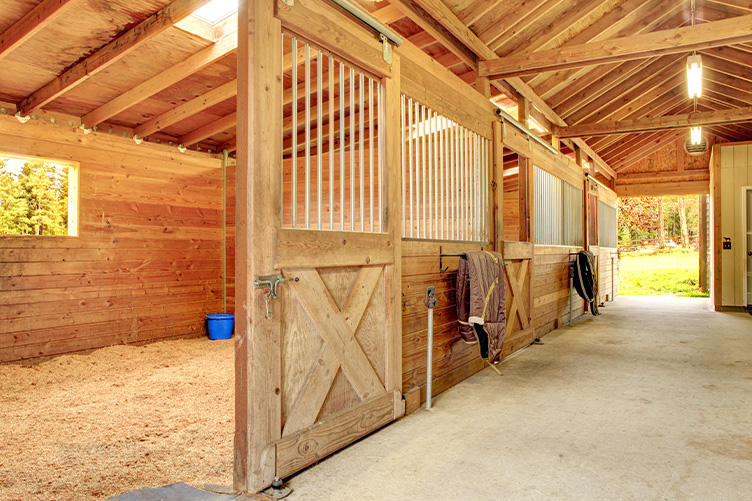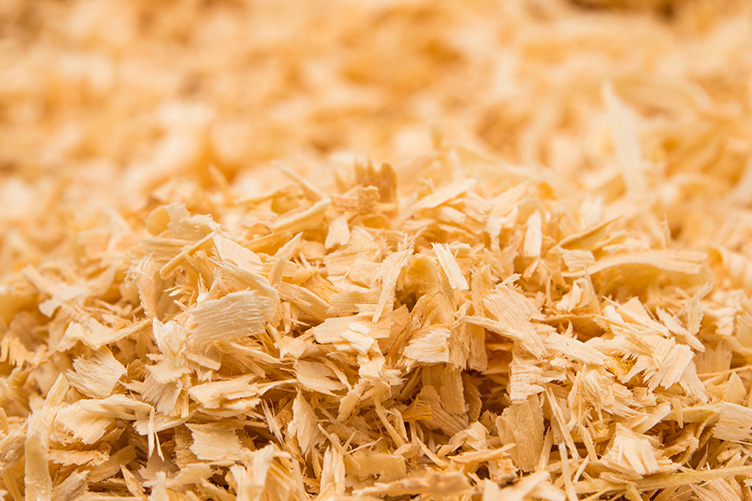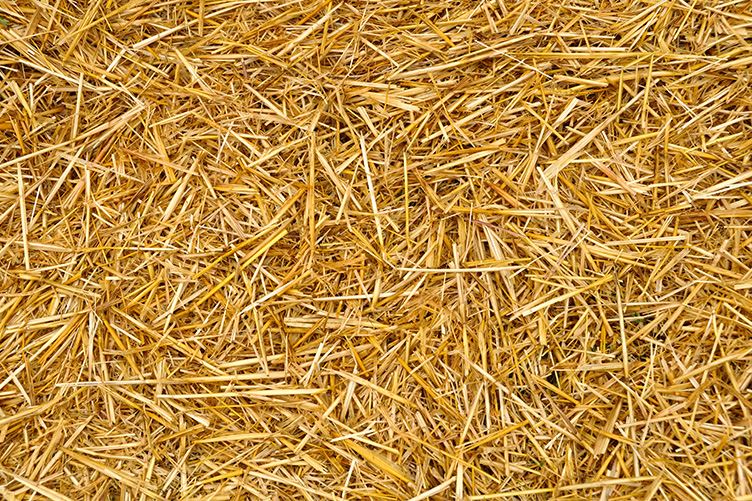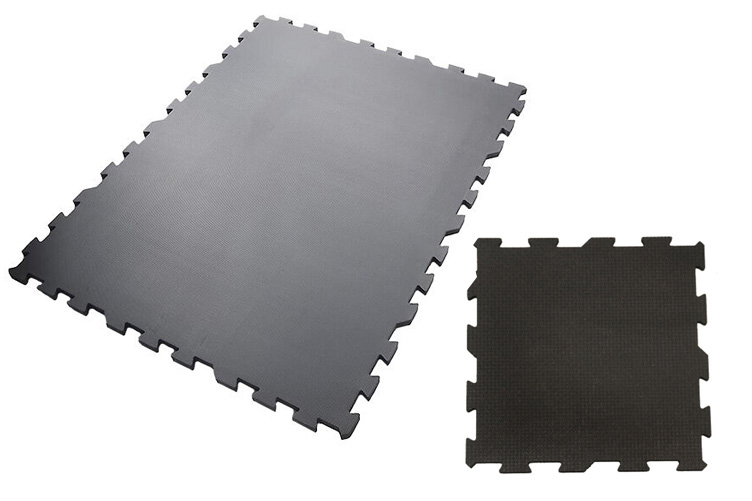
A happy horse is a comfortable horse, and nothing contributes more to a cozy stall than a good layer of bedding. But with so many options available, choosing the right one can be overwhelming. Fear not, fellow equestrians! This blog post dives deep into the world of horse bedding, exploring the benefits and drawbacks of popular materials like shavings, straw, pellets, and hemp. We’ll also discuss the merits of stall mats and deodorizing products to ensure your stable stays fresh and inviting for both you and your equine companion.
The Big Four: Shavings, Straw, Pellets, and Hemp
What type of bedding should you use in your barn? The bedding you use in your horse’s stall affects not just the time spent cleaning it and your finances, but your horse’s health as well. Consider these options before your next trip to purchase bedding.

Shavings: The classic choice, wood shavings offer excellent absorbency and cushion. They’re readily available, relatively affordable, and easy to muck out. However, shavings can be dusty, which is a concern for horses with respiratory issues. Pine shavings, in particular, can be irritating. Choosing kiln-dried or dust-extracted shavings can help mitigate this problem. We often recommend the Langebec Wood Shavings and the Pelletier Wood Shavings.
While some types of wood shavings are more absorbent than others, shavings are all among the most popular, yet one of the least absorbent, bedding options. Shavings with a lower moisture content are more absorbent than those that are more chip-like and have a higher moisture content.
Shavings provide a comfortable place for your horse to lie down and sleep during the night. A thick layer of this bedding can also act as a shock absorber for your horses’ joints, making it very popular for many performance horses.
Softwood shavings are the most readily available and practical type used for animal bedding. Although black walnut shavings are low in cost and easily accessible, they are toxic to horses and should be avoided as bedding. All types of shavings can be a potential fire hazard in your barn, making ventilation and barn upkeep crucial; learn more about fire prevention tactics in your barn.

Straw: A natural and biodegradable option, straw provides good insulation and is perfect for horses who tend to eat their bedding (though watch out for potential impaction issues). The downside of straw is that it’s less absorbent than shavings and can be dusty, especially oat straw. It also requires more frequent mucking.
An advantage to straw bedding is the ability to compost stall waste, often for gardeners, farmers, and mushroom growers. A clear disadvantage is the sheer amount of space needed to store straw bales. Since you’ll go through a lot of it (roughly five bales per week), you’ll need a lot in storage. That means dust and mold can become a problem, especially for horses or people with respiratory issues.
While straw is a very traditional bedding choice, it is not very absorbent. Urine filters through the layer of straw and settles at the bottom of the stall, sometimes creating problems with ammonia accumulation. The straw creates a barrier for manure and urine, and a significant amount of it must be used in the stall to create an effective barrier.
For horses with weight control problems, straw can be a poor choice since it is edible but offers no nutritional value other than calories. Straw is often preferred for those with mares in foal since it won’t cling to the wet newborn or mare the way small wood particles can with shavings.

Wood or Straw Pellets: Pellets offer the convenience of easy storage and handling. They’re highly absorbent and create minimal dust, making them ideal for horses with respiratory problems. However, pellets can be more expensive than shavings or straw and may not provide the same level of comfort for some horses.
Wood pellets, like theObec’s LG Bedding Pellets, are made by compressing kiln-dried wood and sawdust. They are three times as absorbent as shavings. The pellets expand back to sawdust when exposed to moisture, although their dust content is much lower than that of traditional shavings. Straw pellets are made by compressing straw.
Espoma Sani-Care Premium Hardwood Bedding
Transportation and storage are easy for both types of pellets since they are usually sold by the bag. The cleaning of stalls that are bedded with pellets is similar to cleaning a cat’s litter box. It’s best to use rubber mats under the pellets and to remove only the manure and very saturated pellets. For this reason, the pellets last much longer in the stall than other types of bedding. This is only when the stall is cleaned properly, however, and it may take some getting used to.
Stalls will require more bags to begin bedding with pellets and then fewer in order to maintain them. A drawback is that the pellets will not absorb moisture well in extremely cold climates.

Hemp Bedding: This eco-friendly option is highly absorbent, dust-free, and boasts excellent odor control. Hemp bedding, such as Aubiose Hemp Bedding, also composts quickly, making it a sustainable choice. However, it can be more expensive than other options and may not be readily available in all regions.
On the upside, hemp bedding truly shines in the dust management department. No more itchy noses or respiratory struggles for you and your horse! Its impressive absorbency also translates to less mucking and a drier, more comfortable stall environment. To top it off, hemp’s natural odor-controlling properties keep your stable smelling fresh and inviting.
As an eco-conscious choice, hemp bedding ticks all the right boxes. It’s biodegradable and composts quickly, minimizing your environmental footprint. Plus, your horse gets to enjoy a luxuriously soft bed, making this a win-win situation for both comfort and sustainability.
The biggest hurdle for the horse owner interested in hemp bedding is the price tag, as it tends to be pricier than traditional options like wood shavings or straw. Additionally, it may not be readily available in all regions, requiring some extra effort to source. Mucking can also be a challenge, as the texture of wet hemp can be less forgiving than other materials. Finally, proper storage and ventilation are crucial to avoid mold growth in this damp-loving material.
Stall Mats: A Solid Foundation

Rubber stall mats provide a firm and level surface that makes stall cleaning a quicker and easier process while also providing cushioning for your horse. They are an investment item–expensive to purchase initially, but they are economical in the reduction of labor, bedding costs, and storage space needed for stall waste. Stall mats offer several advantages:
- Comfort and Support: They provide a cushioned surface that can reduce fatigue and joint stress on your horse’s legs.
- Cleanliness: Mats are easier to clean and disinfect than bedding, promoting better hygiene and reducing the risk of infections.
- Durability: Mats are long-lasting and require minimal maintenance, making them a cost-effective investment in the long run.
When using stall mats, be sure to have enough bedding on top since they can be slippery when wet.
Keeping the Air Fresh: Stall Deodorizers

Ammonia from urine can create an unpleasant odor in the stable, not to mention being harmful to your horse’s respiratory health. Odor control products, like Sweet PDZ and Absorbent Products Stall Dry Deodorizer, often include Zeolite or diatomaceous earth, which are naturally occurring minerals that absorb ammonia and reduce it in the air. They can also help eliminate odors from any residual urine left over in the stall after bedding is cleared out. Even if there is no noticeable odor to the stall, gases are constantly being released from equine waste that can wreak havoc on your horse’s lungs and respiratory health.
Remember, proper stall management is key to preventing odor buildup. Regular mucking, good ventilation, and maintaining clean bedding are essential.
Choosing the Right Bedding for Your Horse:
The best bedding for your horse depends on several factors, including:
- Your horse’s individual needs: Consider your horse’s age, health, and activity level. For example, young horses or those with respiratory issues may benefit from dust-free options.
- Budget: Bedding costs vary widely, so consider your budget and how much you’re willing to spend.
- Availability: Some materials may not be readily available in all regions.
- Personal preference: Ultimately, the best bedding is the one that you and your horse are both happy with.
Experiment and Observe
Don’t be afraid to try different bedding options to see what works best for your horse. Pay attention to your horse’s behavior and comfort level. A happy and healthy horse is the ultimate reward for choosing the right bedding!
Bonus Bedding Tip: Consider using a combination of bedding materials to leverage the benefits of each. For example, you could use a layer of straw under wood pellets for added insulation and absorbency.
We hope this guide has helped you navigate the world of horse bedding. Remember, there’s no one-size-fits-all answer, so prioritize your horse’s comfort and well-being when making your decision. With a little research and observation, you’re sure to find the perfect bedding that keeps your stable sweet, and your horse happy.
